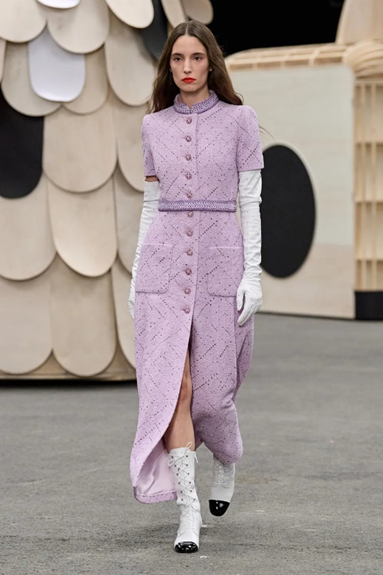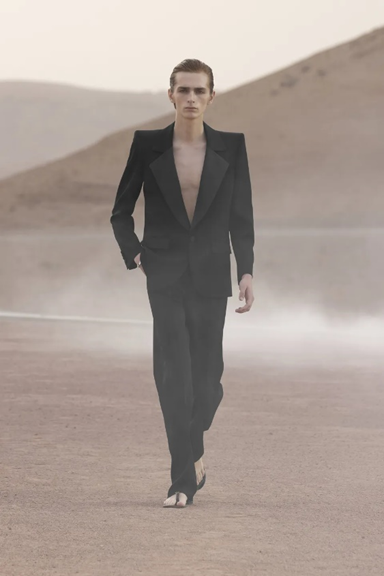2008 More Like 2000 and Late: The looming Recession and its impact on Fashion Futures
- ntufashionrevoluti
- Feb 2, 2023
- 2 min read

A storm is coming, and some experts have identified a high recession risk thanks to the cost of living crisis, rise of unemployment and elevated inflation. Despite these factors being more specific to the UK, around the world, markets are flashing warning signs to a global recession. All of this impacts fashion futures, from customers to suppliers, from high-street to haute couture.
One key impact includes fashion trends, trend forecasting and what people are going to be wearing. As fashion tends to trickle-down from luxury fashion houses, runway fashion usually dictates what is seen on the high-street. Recent shows for Spring 2023 have presented some fashion-based recession indicators such as long skirts (Hemline Index), more minimalist fashion as spending decreases and looking into the past for familiarity and comfort. This paired with the lack of jewellery from celebrities on the red carpet highlights the shift to minimalism that is likely to become more rampant as the recession continues to loom.
As fashion is cyclical and we are leaving the noughties and Y2K fashion, the 2010s also loom over us which, alongside the rise of ‘recession-core’, will make some very interesting trends to look out for in the next coming years. Doom dressing, which takes a darker, more realist approach on possible dystopian futures, is also on the rise. This highlights the use of darker colours such as blacks and browns which may drive a contrast in marketing as some brands counterbalance this through more idealistic storytelling.
Another impact includes the resale boom as fuelled by both sustainability trends and the lack of disposable income. Resale is notoriously cheaper and more economical than shopping directly from brands due to lower price points. This is even attracting regular direct-to-customer (DTC) brands such as Zara and ASOS who have copied the business models of companies like Depop and Vinted. As fashion continues to align with people’s identity and sense of self, buying items that truly resonate is becoming more common. As resale becomes more popular, innovation within the market is more likely to happen as it continues to expand and grow, which is already appearing in specialist segments such as bridal wear. However, the squeeze on spending as economic restrictions increase also makes consumers re-evaluate their values and what’s important to them. This change in mindset has led to trends such as fashion de-colonisation which is likely to become a responsibility for brands to address in the near future.
Overall, the possible recession is likely to heavily impact fashion, not only through trends, but consumer spending and mindsets. Time will tell the extent of the recession’s damage, however the most harrowing threat at this moment is the return of the moustache in fashion.
Thanks for reading!
Tio <3







Comments